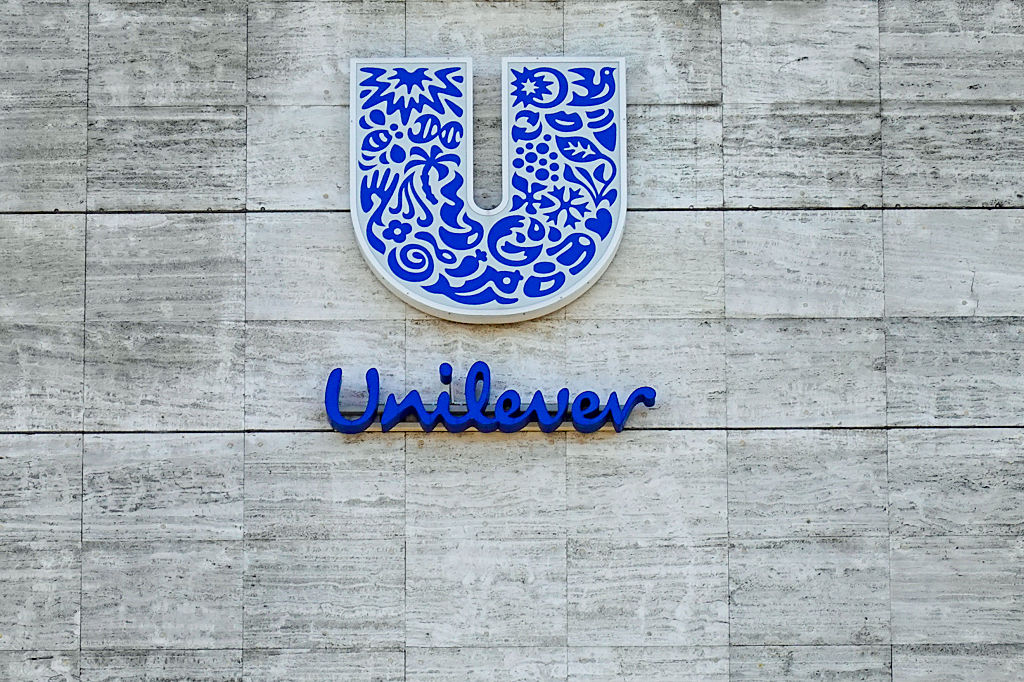Japanese stocks reach a 30-year high
Japan’s Nikkei 225 stockmarket index has broken through the 30,000-point level for the first time since 1990.

After several decades of “false dawns” the sun is finally rising on Japanese shares, says Ian Cowie on Interactive Investor. The Nikkei 225 index has broken through the 30,000-point level for the first time since 1990. Roaring Japanese markets had dominated financial headlines for much of the 1980s. When “the music stopped” few could have predicted that it would be such a long climb back. Sadly, “quite a few long-term investors in the world’s third-largest economy” didn’t live to see this day.
A protracted post-bubble hangover
The “lost decades” after the stockmarket bubble’s implosion have turned Japanese equities into the “red-headed stepchild of global asset allocation”, says Udith Sikand for Gavekal Research. There have been moments of hope: foreign investors poured $240bn into the local market after former prime minister Shinzo Abe’s second term began in 2012. But they soon became disillusioned, withdrawing all of those funds by the time his premiership ended last summer. They shouldn’t have: corporate reforms under Abe have led to “structural improvements in Japan Inc.’s profitability”.
Don’t let the Nikkei fanfare distract from Japan’s economic problems, says The Japan Times. They range from “stunted” productivity to an overdependence on “old economy” industries. The latest rally may not have much further to run. The market may have broken through the 30,000 mark, but it remains well short of 38,957, the all-time high it reached in 1989. “Only in Japan” would analysts say things had gone too far when the market is trading “where it was 30 years ago”, Nicholas Smith of CLSA told Eustance Huang on CNBC. Few foreign investors have noticed, but local shares have been performing strongly for a while: the Topix stock benchmark has gained 125% since late 2012, outperforming many other major markets. The Nikkei 225 has soared by more than 10% since 1 January, compared with a 3.4% gain in the pan-European Stoxx 600 and a 4.2% rise on the S&P 500.
MoneyWeek
Subscribe to MoneyWeek today and get your first six magazine issues absolutely FREE

Sign up to Money Morning
Don't miss the latest investment and personal finances news, market analysis, plus money-saving tips with our free twice-daily newsletter
Don't miss the latest investment and personal finances news, market analysis, plus money-saving tips with our free twice-daily newsletter
The Nikkei exorcises its demons
While 30,000 may be an arbitrary number, the “historic resonance of 1990 is powerful”, says Leo Lewis in the Financial Times. Japanese stocks have long been held back by a folk memory of the “deranged…bubble era”. In the years since, local investors could be expected to sell whenever shares rallied too much for fear of being burned again. The fact that the Nikkei has finally broken above 30,000 and stayed there suggests it is no longer overshadowed by its “manic alter-ego of 1989”.
The world has changed immensely in the three decades since the Nikkei was last at 30,000, says Graham Smith on fidelity.co.uk. Japan was then considered America’s “number-one” challenger; Chinese markets were “well off the radar for most investors”. Once eye-watering valuations have also come down, from as high as 75 times earnings in the early 1990s to 25 today – “a small discount” to global peers. The market’s stable of carmakers, electronics firms and banks is well placed to enjoy a profit surge as global recovery takes hold. “The stars seem to be aligning for Japan.”
Get the latest financial news, insights and expert analysis from our award-winning MoneyWeek team, to help you understand what really matters when it comes to your finances.
Alex is an investment writer who has been contributing to MoneyWeek since 2015. He has been the magazine’s markets editor since 2019.
Alex has a passion for demystifying the often arcane world of finance for a general readership. While financial media tends to focus compulsively on the latest trend, the best opportunities can lie forgotten elsewhere.
He is especially interested in European equities – where his fluent French helps him to cover the continent’s largest bourse – and emerging markets, where his experience living in Beijing, and conversational Chinese, prove useful.
Hailing from Leeds, he studied Philosophy, Politics and Economics at the University of Oxford. He also holds a Master of Public Health from the University of Manchester.
-
 How to limit how much of your Christmas bonus goes to the taxman
How to limit how much of your Christmas bonus goes to the taxmanIt's Christmas bonus season but the boosted pay packet may mean much of your hard-earned reward ends up with HMRC instead of in your pocket
-
 High earners face £15k income hit by 2029 following Autumn Budget
High earners face £15k income hit by 2029 following Autumn BudgetRachel Reeves’s Autumn Budget means high earners – or HENRYs – are now looking at an income hit running into the thousands. Can you avoid it?
-
 British blue chips offer investors reliable income and growth
British blue chips offer investors reliable income and growthOpinion Ben Russon, portfolio manager and co-head UK equities, ClearBridge Investments, highlights three British blue chips where he'd put his money
-
 Coreweave is on borrowed time
Coreweave is on borrowed timeAI infrastructure firm Coreweave is heading for trouble and is absurdly pricey, says Matthew Partridge
-
 Renewable energy funds are stuck between a ROC and a hard place
Renewable energy funds are stuck between a ROC and a hard placeRenewable energy funds were hit hard by the government’s subsidy changes, but they have only themselves to blame for their failure to build trust with investors
-
 Profit from document shredding with Restore
Profit from document shredding with RestoreRestore operates in a niche, but essential market. The business has exciting potential over the coming years, says Rupert Hargreaves
-
 The war dividend – how to invest in defence stocks as the world arms up
The war dividend – how to invest in defence stocks as the world arms upWestern governments are back on a war footing. Investors should be prepared, too, says Jamie Ward
-
 Literacy Capital: A trust where great returns fund a good cause
Literacy Capital: A trust where great returns fund a good causeThere’s plenty to like about specialist private-equity trust Literacy Capital, says Max King
-
 An AI bust could hit private credit – could it cause a financial crisis?
An AI bust could hit private credit – could it cause a financial crisis?Opinion Private credit is playing a key role in funding data centres. It may be the first to take the hit if the AI boom ends, says Cris Sholto Heaton
-
 8 of the best ski chalets for sale now
8 of the best ski chalets for sale nowThe best ski chalets on the market – from a traditional Alpine-style chalet in Switzerland to an award-winning Modernist building in Japan’s exclusive ski areas